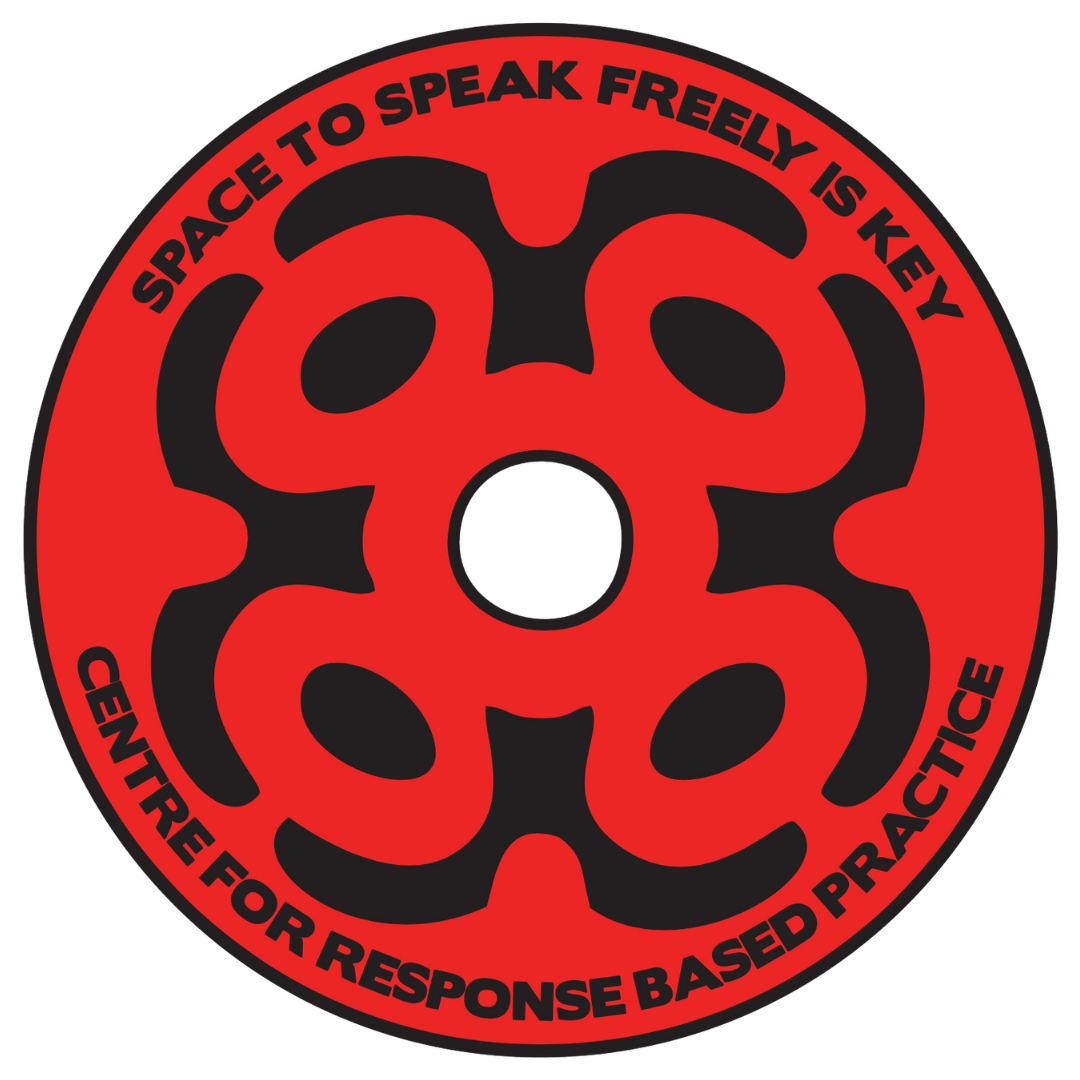About Response-Based Practice
Violence is the most urgent and challenging problem of our times.
Despite this, few professionals have been offered specific training on how to respond to the people directly involved in cases of violence, victims/survivors or offenders.
Response-Based Practice was developed to provide more useful direct service to the people involved in cases of violence and to improve the responses of our public institutions.
Though Response-Based Practice has its roots in the practice of therapy, we have intentionally called it “practice,” as therapy is only one point of intervention — and often not the first or most important.
Over the past three decades, we have worked with professionals in law enforcement, justice, education, shelters and refuges, child protection, and more, to limit negative institutional responses for those that have experienced interpersonal violence.
Why Response-Based Practice?
Response-Based Practice is a framework for practice and research that is specialized for use in cases of violence, and can be applied across the institutions that interact with victims/survivors and perpetrators of violence.
Violence is committed on the level of social interaction, and effective interventions require accurate descriptions and close analysis. To achieve this, Response-Based Practice enables practitioners to work inductively, using:
a spirit of curiosity
methods of micro-analysis
a deep understanding of social interaction
an intentional use of language
More specifically, Response-Based Practice accomplishes the following with victims/survivors and perpetrators:
Reveals the unilateral and deliberate nature of violence
Clarifies offender responsibility
Honours victim/survivor responses and resistance to violence and negative social responses
Contests the blaming and pathologizing of victims/survivors from offenders
Response-Based Practice Members and Contributors
Ideas come from conversations between people, not from heads.
Response-Based Practice took shape in the early 1990’s thanks to the ideas, skillsets and expertise of many different people, without whom, Response-Based Practice would not have developed into what it is today.
I would also like to acknowledge Nick Todd, who was part of our original working and pioneered our work at FearIsNotLove, formerly the Calgary Women’s Emergency Shelter, and still practices the approach today.
-

Dr. Shelly Dean, Ph.D., RCC, AAMFT
-

Cathy Richardson, M.C., Ph.D., CCC, RCC
-

Linda Coates, Ph.D.
About Dr. Allan Wade
My partner, Cathy, and I have lived on the unceded territory of Quw’utsun First Nation in southern Vancouver Island for more than 40 years. We are the lucky parents of five children and grandparents to six grandchildren, and have two dogs — Maddy and Tilly.
I have a Ph.D. in Psychology, and have worked as a family therapist and scholar for more than 30 years, specializing in interpersonal violence.
I am a founder of Response-Based Practice, which is a framework applicable across all practice settings where violence is an issue.
My colleagues and I present our work domestically and internationally, to groups that have included therapists, judges, lawyers, social workers and more.
The Response-Based Practice logo is entitled "Speak" because it represents four people, as in the four directions, speaking with one voice.
Maynard Johnny Jr., a resident of Chemainus, began his career as a teenager and has continued his self-directed development of art making.
He is of Coat Salish descent on his father’s side from Penelakut Island and Kwakwaka’wakw descent on his mother’s side from Cape Mudge on Quadra Island. Recently, he began to venture from painting into jewellery and wood carving. He is inspired by notable artists including Robert Davidson, Art Thompson, Richard Hunt, and Mark Henderson. He was featured in the Changing Hands: Art Without Reservation 2 exhibit at the Museum of Art and Design, New York, in 2005. In 2009, Maynard’s work adorned the cedar gift boxes that were given to special guests at the Canadian Juno Music Awards. His works can also be seen in film (Say it Ain’t So) and television series (Grey’s Anatomy).
I would like to express my enduring gratitude to Maynard and his family for the warmth and community they have shared over the many years we have known each other; to Maynard and his brother Leon, in particular, for the kindness they have shown my family, and to Donna, Maynard's mother, for her courage and guidance.



